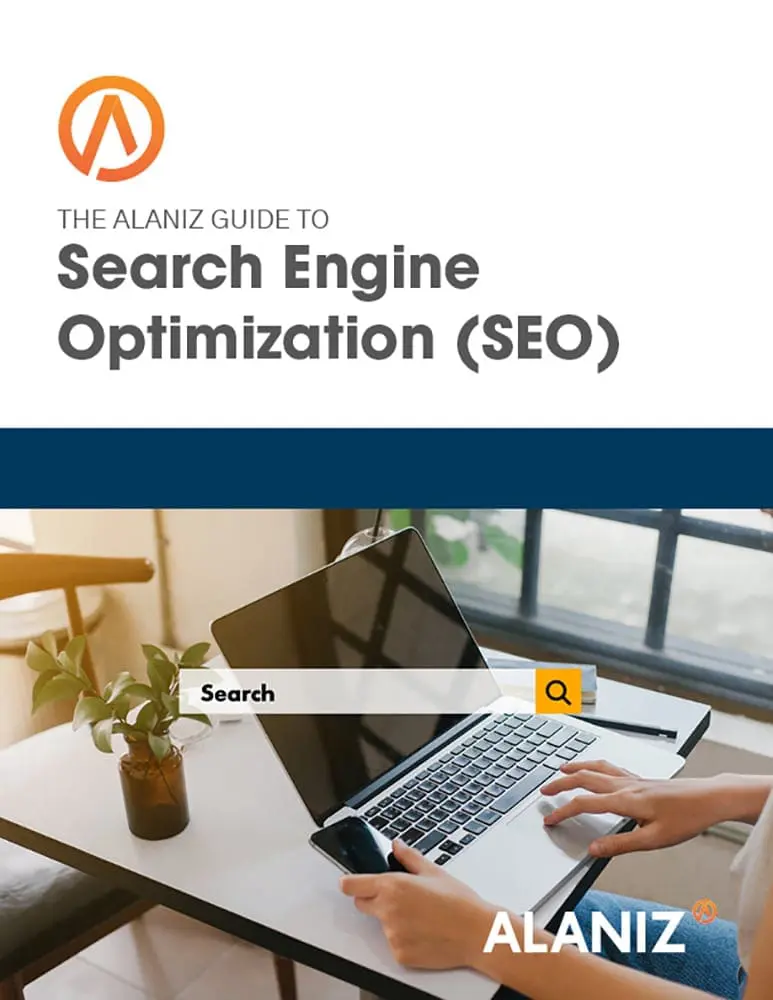 You can also check our premium B2B SEO services to accelerate your traffic, leads, and sales.
You can also check our premium B2B SEO services to accelerate your traffic, leads, and sales.
Search engine optimization (SEO) has become a must-have for anyone looking to be found online. Whether you’re looking to sell a product, service, or simply advertising space, getting traffic to your website is the first step to gaining customers.
I recently wrote a checklist on your SEO best practices for 2016. Now, I want to outline a list of 4 steps to building your SEO strategy. These 4 steps will help you outline a process for developing an SEO strategy to make yourself front-page news.
Step 1: Develop your list of keywords
To begin, you’ll want to think about topics relevant to your industry. The best way to narrow these down is to think about the services your company offers. For example, as a travel company you’ll probably encounter topics such as “best vacation locations” and “affordable vacation spots” often. Whereas an inbound marketing firm will have topics such as “email marketing” and “lead nurturing.”
You should be looking to build anywhere from 5-12 of these general topics. Try to think of the topics your target audience may be more likely to search for as well as the topics that come up most in sales conversations, that’s usually a good place to start.
Now that you have the general idea of what your target audience is looking for, it’s time to expand upon it. A great way to do that is to build long-tail keywords. A long-tail keyword is a very targeted keyword phrase that contains 3 or more words. These keywords are highly specific and while they may draw less traffic in the search engines, they also drive higher quality traffic.
Your keyword list should be a living and breathing document that you review and update once or twice a year. This will make sure you stay in keyword research mode and keep your keyword list evolving with industry and search trends.
Step 2: Set-up (and use) your blog
Blogging is one of the best ways to build your organic search traffic, and engage your website’s users. After all, every blog post is a new web page that gives you another chance to rank in search engines. If your business does not already have a blog, set one up, and make a point to blog at least once a week (the more times a week you blog, the better the results you see will be).
Remember, you are blogging primarily for your audience, not the search engines. So be aware of latent semantic indexing (LSI) which is an indexing and retrieval method used to crawl the contents of a web page and assemble the most common words and phrases to identify the keywords for the page. LSI is based on the principle that words that are used in the same contexts tend to have similar meanings.
In other words, Google sees your title includes” SEO” and expects to find words relating to the subject such as “keyword strategy” or “link building.” Synonyms are also applicable, so if you use the word “corporate” instead of “business,” you would still rank for both terms.
Your buyer personas will be key in choosing your topics. Write about things your buyer personas are interested in, make sure you’re including relevant keywords where appropriate, and your audience will naturally find you.
Step 3: Draft a link-building plan
Link-building is the primary objective of off-page SEO, and it’s also a huge factor in how search engines rank your web pages. Inbound links are a mark of authority, the more you generate, the easier it will be for others to find your content. This is because the more people that link to your site, the more credibility your blog post (or piece of content) will have in the eyes of search engines.
Think of it as a popularity contest, sure you can vote for yourself all you want, but until others start voting for you, no one is really going to care. Dedicate some time to brainstorm all the different ways you can attract inbound links to your website. Write a few blog posts and share them on Twitter, Facebook, Google+, and LinkedIn (or whatever other social media platforms your target audience is using).
Consider approaching other bloggers for guest blogging opportunities through which you can link back to your website. Obviously, (and this is easier said than done), the best way to generate inbound links is to create content worth sharing.
Step 4: Track your success
Developing a “web presence” and ranking at the top pages of search engines takes time and dedication to your strategy. What good is spending all that time and effort if you can’t see the fruits of your labor? There are many metrics you can track on a daily, weekly, or monthly basis to keep your SEO plan on track and measure your success such as, indexed pages, leads, inbound links, keyword ranking, and your actual ranking on SERPs (search engine results pages). These are all metrics that can help you recognize your success as well as identify areas of opportunity.
It is beneficial to have a program such as the Hubspot keyword tool, which helps you manage and improve keywords that are important and relevant to your business. The software provides you with information, such as which keywords are generating traffic, how they are ranking, and also provides suggestions around variations and opportunities to rank better.
These four steps will hopefully help you develop your own SEO strategy. A good SEO strategy is only as good as the content behind it.




